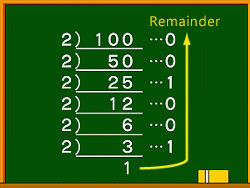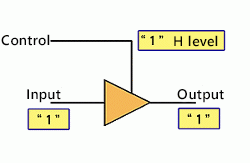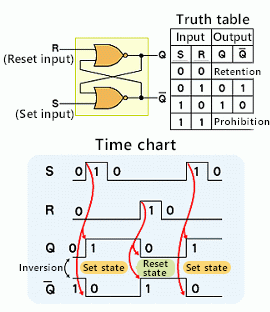- 型号 & 关键词搜索
- 交叉搜索
- 参数搜索
- 库存查询与购买
This webpage doesn't work with Internet Explorer. Please use the latest version of Google Chrome, Microsoft Edge, Mozilla Firefox or Safari.
请输入3个以上字符 Search for multiple part numbers fromhere.
The information presented in this cross reference is based on TOSHIBA's selection criteria and should be treated as a suggestion only. Please carefully review the latest versions of all relevant information on the TOSHIBA products, including without limitation data sheets and validate all operating parameters of the TOSHIBA products to ensure that the suggested TOSHIBA products are truly compatible with your design and application.Please note that this cross reference is based on TOSHIBA's estimate of compatibility with other manufacturers' products, based on other manufacturers' published data, at the time the data was collected.TOSHIBA is not responsible for any incorrect or incomplete information. Information is subject to change at any time without notice.
请输入3个以上字符
数字值:二进制和十进制
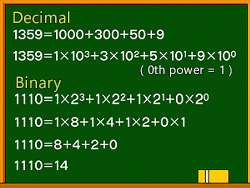
让我们来思考一下二进制数和十进制数之间的关系。
首先,我们来看看日常使用的十进制数。
例如,如果数字是1359(十进制),加1,就变成了1360。
这样,当十进制数超过9时,它就变成了10,也就发生了进位。
1359可以如右图中的公式进行拆解。
这里使用的10³、10²、10¹、100称为“权重”。
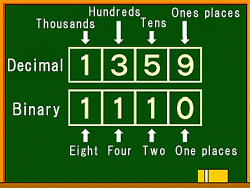
现在,让我们看看二进制数。
二进制是由0和1组成的数字,当它变成2时,就会发生进位。
例如,我们将权重添加到1110(二进制)。
在二进制数时,权重变成了2³、2²、2¹、20。
计算这个公式时,它可以转换为十进制数。
在这种情况下,8+4+2+0就变成了14。
这样,十进制数最多可增加到1、10、100、1000位,而二进制数最多可增加到1、2、4、8位。





